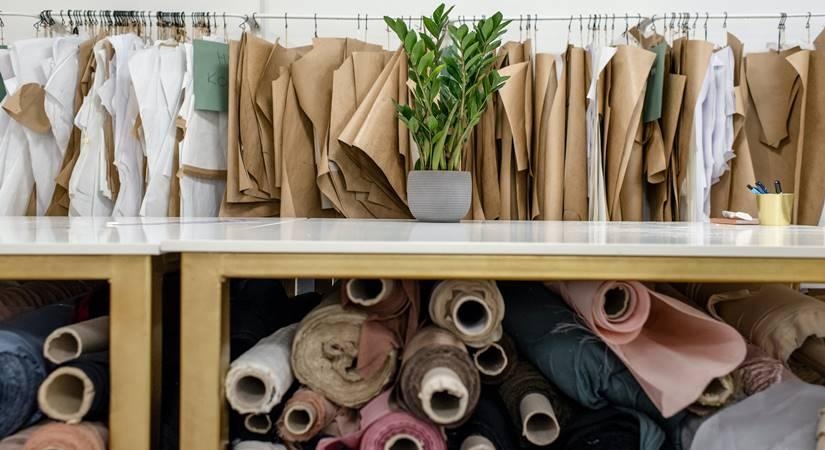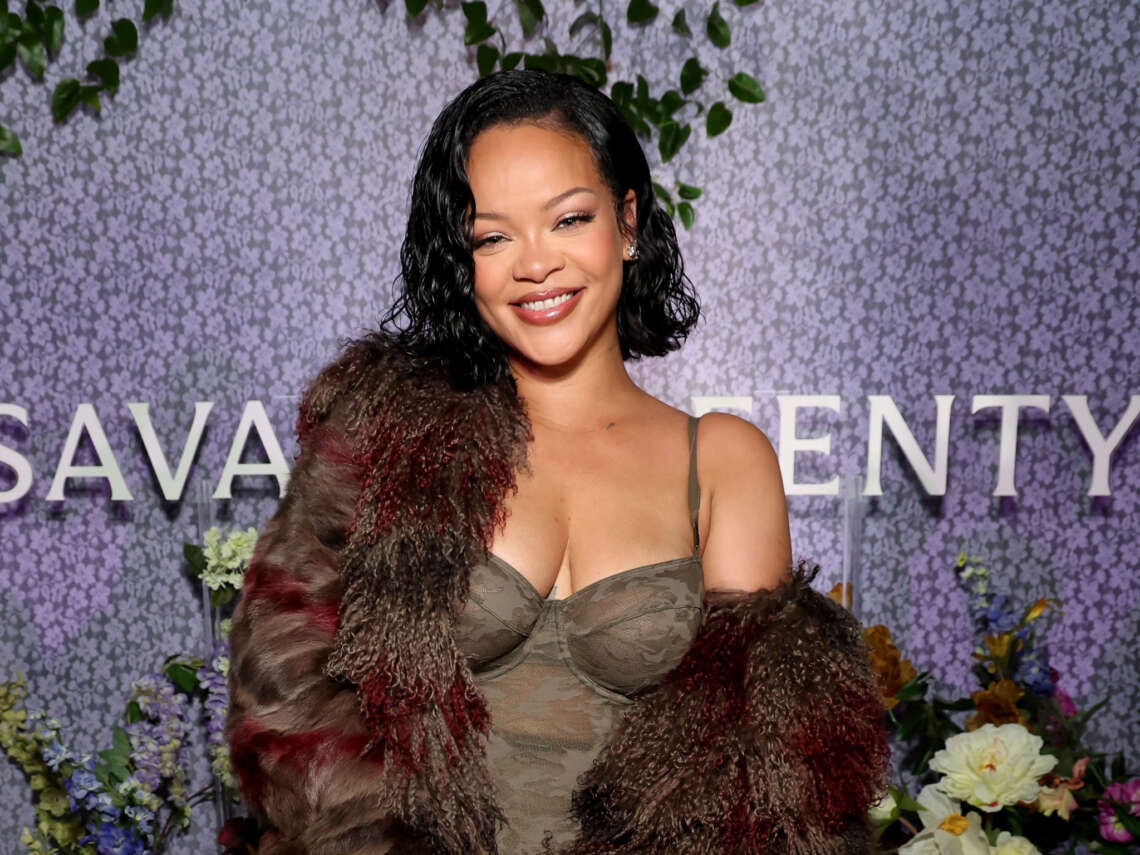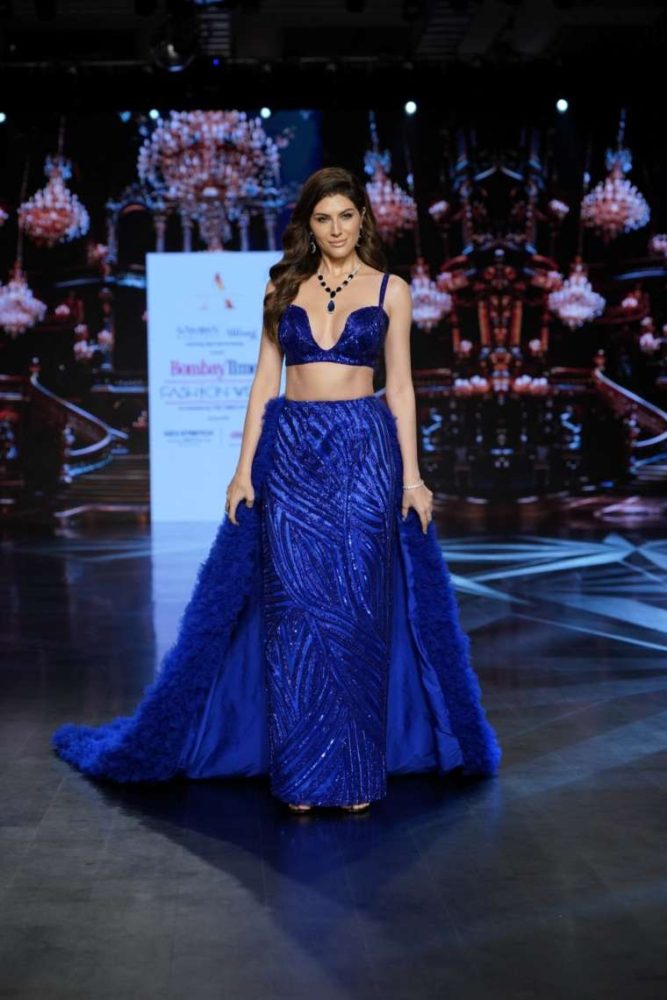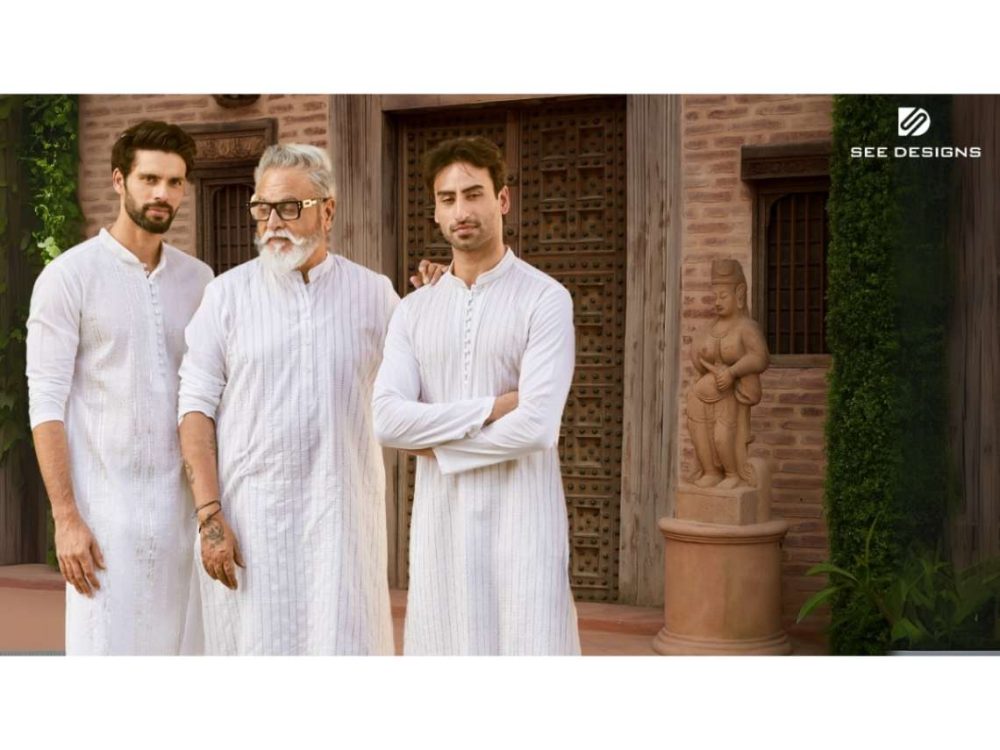Sarees are an essential component of Indian festival clothing. This year, traditional sarees such as those woven in the Kanjeevaram, Banarasi, Tant, Pochampally, and Kota styles are likely to be more in demand…reports Asian Lite News
During Navratri the country is awash in a riot of colours and celebrations. Although each Indian state celebrates the occasion differently and wears different festive attire, all states are united by the shopping frenzy. As a result, the start of the holiday season in India coincides with the start of the shopping season. According to data intelligence company insights, consumers tend to shop more during the holiday season than the rest of the year. It was also revealed that consumers plan to shop more this holiday season than last year, with one of the reasons being a desire to make up for the time lost during the several lockdowns over the last two years.
According to Resha Mandi, India’s largest farm-to-fashion digital ecosystem for natural fibres, the main emotion among the populace is a desire for calm and stability mixed with a sense of excitement and celebration as markets open and economies recover. On the other hand, as India enters festival season, there is a renewed optimism and vibrancy in the air, which correlates directly to feel-good and opulent attire.
The company recently released a trend forecast report, a first in the industry, that focuses on the Indian fashion industry and provides critical insights into the trends expected to dominate this festive and winter season. It analyses purchasing trends to predict the colours, forms, accents and fabrics that are most likely to be in style, with an initial focus on ethnic clothing, sarees and home decor. Because consumers are becoming more value-conscious about their purchases and pickier about their preferences, the industry has had to strike a balance between presenting new ideas and providing secure, long-term solutions while still catering to consumers’ individual tastes.
As per the forecast, the dominant trends for the festive and winter seasons this year are as follows:
* Biophilic hues and themes have gained prominence, with the newly discovered spirituality and connection to nature

* According to the forecast, the season will be characterised by opulent and positive tones that provide a sense of hope and luxury for trying circumstances. In this sense, 10 primary hues are anticipated for the upcoming festivals and shopping seasons. Overall, the most popular colours would include classic blue, crystal teal, green jacket, love potion, rubocondo, orchid, jaffa orange, calendula, bright chartreuse, and star white
* Sarees are an essential component of Indian festival clothing. This year, traditional sarees such as those woven in the Kanjeevaram, Banarasi, Tant, Pochampally, and Kota styles are likely to be more in demand
* In terms of details, small border/borderless, micro motifs, digital traditions, updated zari, scalloped/lace edges, translucency are expected to be more popular
* The popular motifs are dots, stripes and checks, painterly florals, fine vines, cluster florals, birds and animals, mix and match
* The fabrics that are anticipated to rule the holiday season are soft silk, cotton/cotton silk, organza/tissue, chiffon/georgette and banarasi silk
Traditionally, festive attire includes embellishments such as sequins, glitter and sparkles, which may be appropriate for a particular occasion but are not necessarily eco-friendly.

The good news is that Indians are becoming more aware of how fast fashion has a long-term negative impact on the environment. As a result, India now has a sizable market for sustainable fashion. This means that improving the supply side will benefit businesses as they shift their focus to sustainability. Despite competition from synthetic fibres, the growing preference for natural fibres demonstrates the eco-friendly inclination. The domestic market benefits from the continuous change in Indian society brought about by changing fashion trends.
Resha Mandi is steadily constructing the framework for eco-friendly apparel, fabrics and home furnishings in order to establish a new world of textiles and transform the industry by providing consumers and businesses with accessible, available and affordable sustainable solutions.
ALSO READ-Dicaprio joins Gigi Hadid in Milan for fashion week














